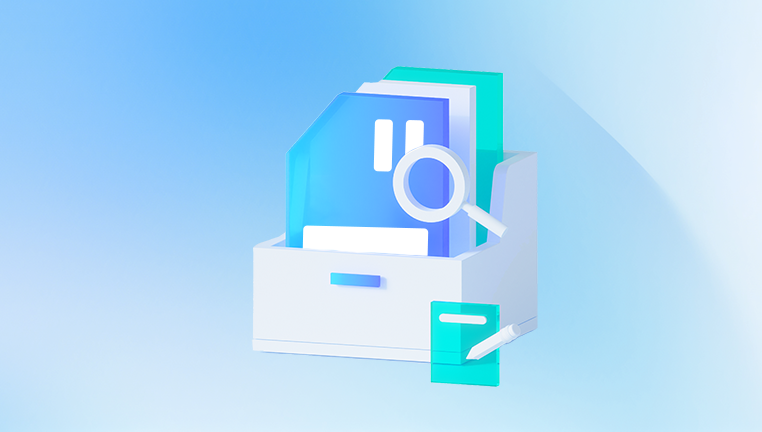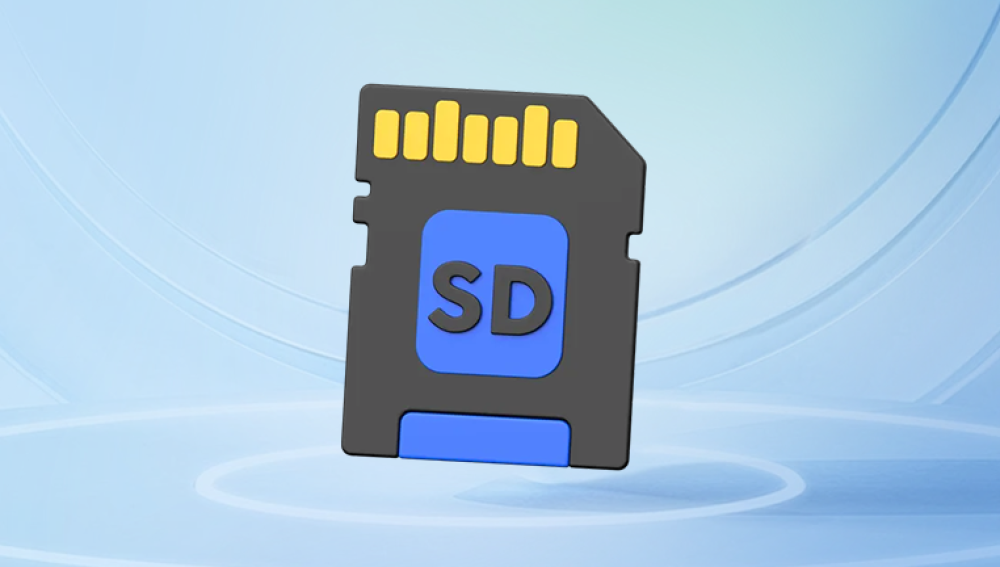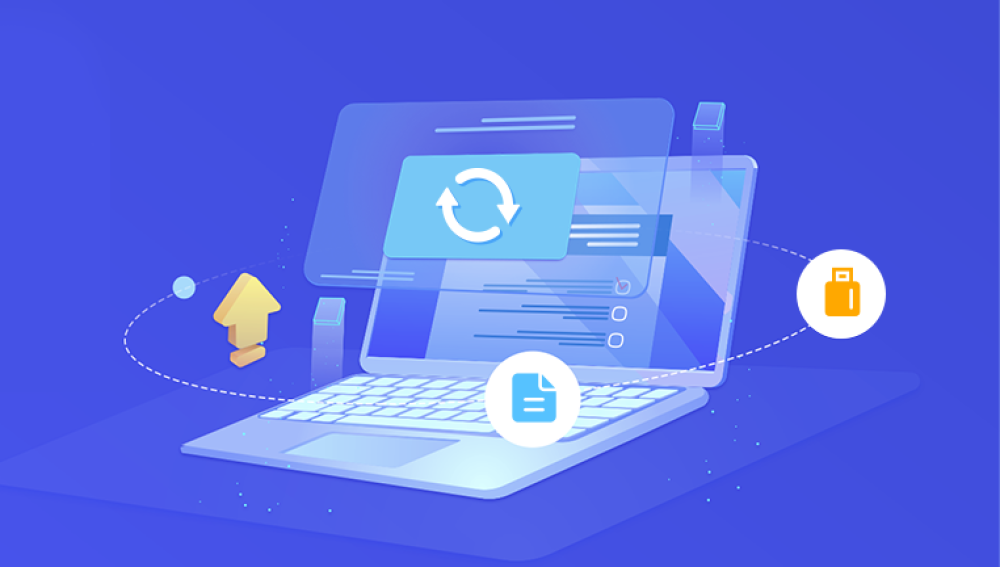The SD (Secure Digital) card is a tiny but powerful storage device used in cameras, smartphones, tablets, drones, dashcams, and more. It stores precious memories, essential work documents, music, videos, and app data. But SD cards are not immune to errors files can be accidentally deleted, lost after formatting, or corrupted due to logical or physical damage.
Chapter 1: Common Causes of SD Card Data Loss
Understanding how data gets lost helps determine the appropriate recovery approach. Common causes include:

1.1 Accidental Deletion
One of the most common issues. Files can be mistakenly deleted via a camera, smartphone, or PC.
1.2 Formatting
Quick formatting a card deletes the file index, making data inaccessible but often recoverable.
1.3 Corruption
Caused by improper ejection, virus infection, or interrupted data transfers. Results in unreadable cards.
1.4 Physical Damage
Water exposure, drops, or bent cards can damage internal components, making recovery more difficult.
1.5 Compatibility Issues
Using the SD card across different devices (camera to phone, phone to PC, etc.) without proper formatting can cause data loss.
Chapter 2: What Happens When Files Are Deleted?
When you delete a file from an SD card, the data isn’t immediately erased. Instead, the file system marks the space as available for new data. Until that space is overwritten, the deleted files can be recovered.
The key takeaway: Stop using the SD card immediately after discovering data loss. Continued use could overwrite your recoverable data.
Chapter 3: First Things First – Prevent Further Damage
3.1 Stop Using the Card
Do not take more photos, record videos, or save files to the card.
3.2 Don’t Format the Card Again
If you see messages like “Card not formatted” or “Corrupt card,” don’t reformat. This could worsen the situation.
3.3 Safely Remove the Card
Eject it safely from your device and insert it into a computer using a card reader.
Chapter 4: How to Recover Files from an SD Card Using Drecov Data Recovery
One of the most effective solutions for SD card data recovery is Drecov Data Recovery, a powerful tool trusted for retrieving deleted, lost, or formatted files.
4.1 Features of Drecov Data Recovery
Recovers files from deleted, formatted, and corrupted SD cards
Supports all major file types: photos, videos, documents, and more
Compatible with SD, SDHC, SDXC, and microSD cards
Works on Windows and macOS
Deep Scan and Quick Scan modes
Easy-to-use interface with file preview
4.2 Download and Install Drecov Data Recovery
Visit the official Drecov Data Recovery website.
Download the correct version for your operating system.
Install it on your computer not on the SD card itself.
4.3 Connect the SD Card to Your Computer
Use an SD card reader or adapter if your PC doesn’t have a built-in slot.
4.4 Launch Drecov Data Recovery and Select the SD Card
Open the program.
Choose your SD card from the list of drives.
4.5 Choose the Scan Type
Quick Scan for recently deleted files.
Deep Scan for formatted or corrupted cards.
Let the scan run this may take a few minutes to over an hour, depending on card size.
4.6 Preview and Recover Files
After scanning, browse recoverable files.
Use the preview function for images, videos, or documents.
Select the files you want to restore.
Click Recover and save them to your computer, not the SD card.
Chapter 5: Manual Methods to Recover Files (Without Software)
5.1 Using Windows File History
If you’ve previously backed up files with File History:
Open File Explorer.
Navigate to the SD card folder location.
Right-click > “Restore previous versions.”
Select a version to restore.
5.2 Check Recycle Bin (If Deleted from PC)
If files were deleted while the SD card was connected to your PC, check the Recycle Bin:
Open Recycle Bin.
Search for your files.
Right-click > Restore.
5.3 Use Command Prompt (CMD) to Unhide Files
Some malware hides your data. CMD can help reveal them:
Open Command Prompt as administrator.
Type:
bash
CopyEdit
attrib -h -r -s /s /d E:\*.*
Replace E: with your SD card’s drive letter.
This command removes hidden, read-only, and system file attributes.
Chapter 6: Recovery on macOS
Mac users can also recover data using Drecov Data Recovery (Mac version) or Terminal.
6.1 Use Disk Utility
Open Disk Utility.
Check if the SD card is mounted.
Run First Aid to fix minor errors.
6.2 Use Terminal to List Files
Use commands like:
nginx
CopyEdit
diskutil list
and third-party recovery tools such as PhotoRec or Disk Drill for advanced recovery.
Chapter 7: Recovering Files from a Formatted SD Card
Formatting doesn’t always delete the actual files—it just clears the file table. With the right tool, recovery is possible.
7.1 Use Drecov Data Recovery Deep Scan
Follow instructions from Chapter 4.
Choose Deep Scan.
The program will search all sectors of the SD card to reconstruct files.
7.2 Recovery Time
Deep scans can take longer.
Recovery success depends on card usage post-formatting.
Chapter 8: Recovering Photos and Videos from Cameras
8.1 SD Card from Camera
Remove the card and connect it via a reader.
Use recovery software like Panda or PhotoRec.
Recover typical formats like JPG, RAW, MOV, or MP4.
8.2 Specialized Recovery for DSLR or Action Cams
Some camera brands use proprietary file systems. Make sure the recovery tool supports formats like:
.CR2 / .NEF (Canon / Nikon RAW)
.ARW (Sony)
.MP4 / .MOV (GoPro, DJI)
Drecov Data Recovery supports a wide range of media file types.
Chapter 9: Best Free SD Card Recovery Alternatives
If you want to explore other options:
9.1 Recuva (Windows Only)
User-friendly, but limited in deep scan capabilities.
9.2 PhotoRec
Free and powerful.
Command-line based—less friendly for non-tech users.
9.3 Disk Drill
Offers 500MB free recovery on Windows.
Paid version for full access.
Chapter 10: Dealing with a Corrupted or Unreadable SD Card
10.1 Symptoms of Corruption
SD card not recognized
“Please format disk” error
File names turned into strange characters
Missing files or folders
10.2 Fix with CHKDSK (Windows)
Open CMD as administrator.
Type:
bash
CopyEdit
chkdsk E: /f
Replace E: with your SD card drive letter.
CHKDSK can fix file system errors and potentially recover lost files.
10.3 Disk Utility on macOS
Run First Aid to check for corruption and repair logical errors.
Chapter 11: Physical Damage: What Can Be Done?
Physically damaged cards—bent, cracked, or water-damaged—are much harder to recover.
11.1 Do Not Try to Repair Yourself
DIY methods can worsen the situation. If the card is not readable by any machine, it’s best to consult professionals.
11.2 Professional Recovery Services
Services like DriveSavers, Ontrack, or Secure Data Recovery offer:
Cleanroom labs
Hardware component replacements
NAND chip-level recovery
However, these can cost hundreds of dollars and take time.
Chapter 12: Best Practices to Avoid Future Data Loss
12.1 Back Up Regularly
Use cloud storage (Google Drive, Dropbox) or external hard drives.
12.2 Eject SD Cards Safely
Never remove the card while data is being written or transferred.
12.3 Avoid Using One Card Across Multiple Devices
Cross-device usage can lead to file system errors.
12.4 Use High-Quality SD Cards
Brands like SanDisk, Samsung, Lexar, and Kingston are more reliable than unbranded ones.
12.5 Format Cards in the Device
Always format your card in the device it’s meant for (camera, phone, etc.), not via a computer.




